until Abu Dhabi Autonomous Racing League

Qualifying for the 2022 Indianapolis 500 this weekend will be all about the front of the field as for the fifth time in the last 10 runnings there won’t be any ‘bumping’.
A full 33-car grid is nothing to be ashamed of and there’s an argument that the cars that scraped onto the back row didn’t necessarily contribute a lot to the race spectacle.
But many will still miss that part of the Indy 500 narrative this weekend – The Race included.
Famous failures to qualify – such as Fernando Alonso and McLaren in 2019 and the Penske team in 1995 – are part of the Indy 500 legend, and even amid smaller overall entries in recent decades, there have been 24 failures to qualify since IndyCar and Champ Car merged in 2008, though some of them still found their way onto the grid after all.
Here are some of the best/most painful bumping tales of the unified era.
The other big bumping story – 2019
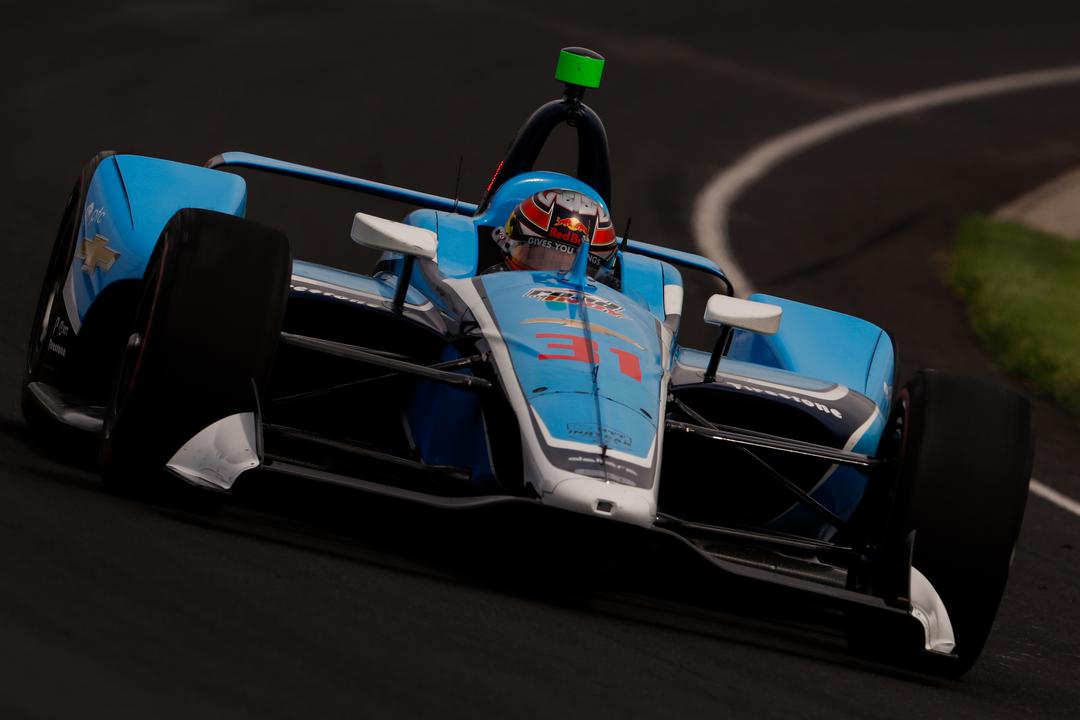
Three out of Carlin’s four cars, including its Fernando Alonso McLaren entry, were bumped and its fourth entry was wiped out in a wreck. It’s no surprise that Trevor Carlin has described the 2019 Indy 500 as being one of the worst periods of his motorsport career.
Not only did Pato O’Ward – who would be rookie of the year the next season – and Max Chilton fail to qualify but the enormous story surrounding Alonso’s exoticism’s brought a horrendous reputation with it.
The biggest reason for the failure was not enough focus on the qualifying car, and too much time spent perfecting the race car.
O’Ward was also forced to use the back up car as he smashed his practice car up in practice.
All three bumped drivers have since made the race and so has Carlin, but the reputational damage was severe and the team isn’t currently competing in IndyCar.
HEARTBREAK FOR A CHAMP CAR MINNOW – 2008
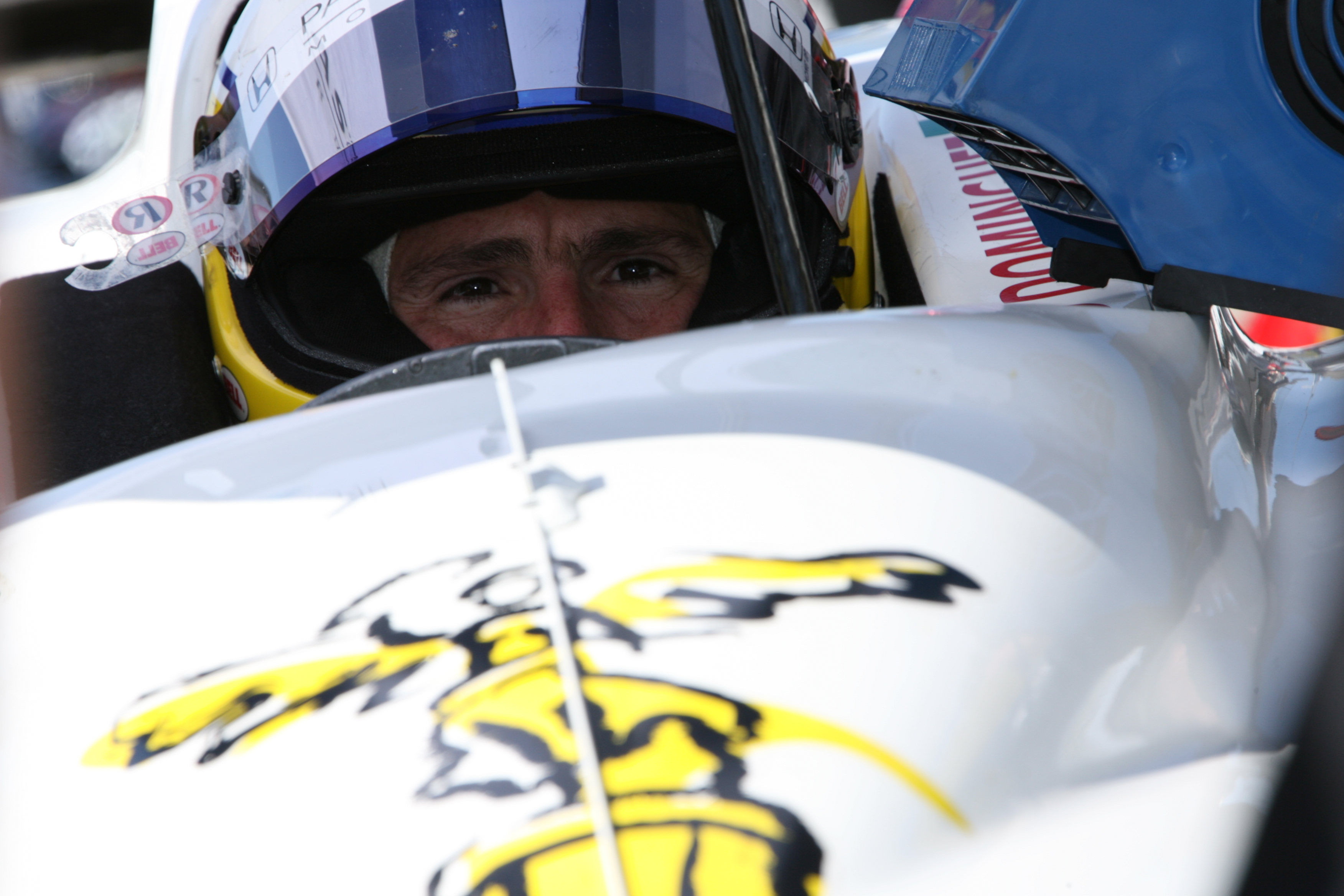
An ambitious young team fresh from a decent debut season, with added proven race-winning driver who’d just given it a first podium. Sounds like a recipe for success, doesn’t it? Not in the case of Pacific Coast Motorsports and Mario Dominguez.
The former sportscar and Atlantic squad was the last in the curious array of teams from elsewhere in motorsport (or from totally out of the blue!) encouraged into the Champ Car field to bolster grids as the split dragged on, and had a respectable 2007 debut with eight top 10 finishes between drivers Ryan Dalziel and Alex Figge.
It initially decided the merger had happened too late for it to compete in 2008 beyond the one-off final race with Champ Car equipment in Long Beach.
But after finishing a superb third there with its two-time CART/Champ Car race-winner new signing Mario Dominguez, it launched a partial IndyCar programme with the Mexican after all.
That programme – and Dominguez’s IndyCar career – didn’t end with the Turn 1 qualifying crash that meant he and PCM failed to make the Indy cut (a Saturday practice crash hadn’t helped either). But it was a pretty terminal blow for an effort that trailed around in the midfield in the six subsequent races it did before going out of business ahead of the 2009 season, the Mexican cash it hoped to unlock via Dominguez having not come off.
Team owner Tyler Tadevic reportedly lost his home as part of PCM’s bankruptcy. And Dominguez’s IndyCar journey from mocked pay driver to race winner and back to the tail of the field ended there too.
Junqueira taken out for a bumped driver – 2009
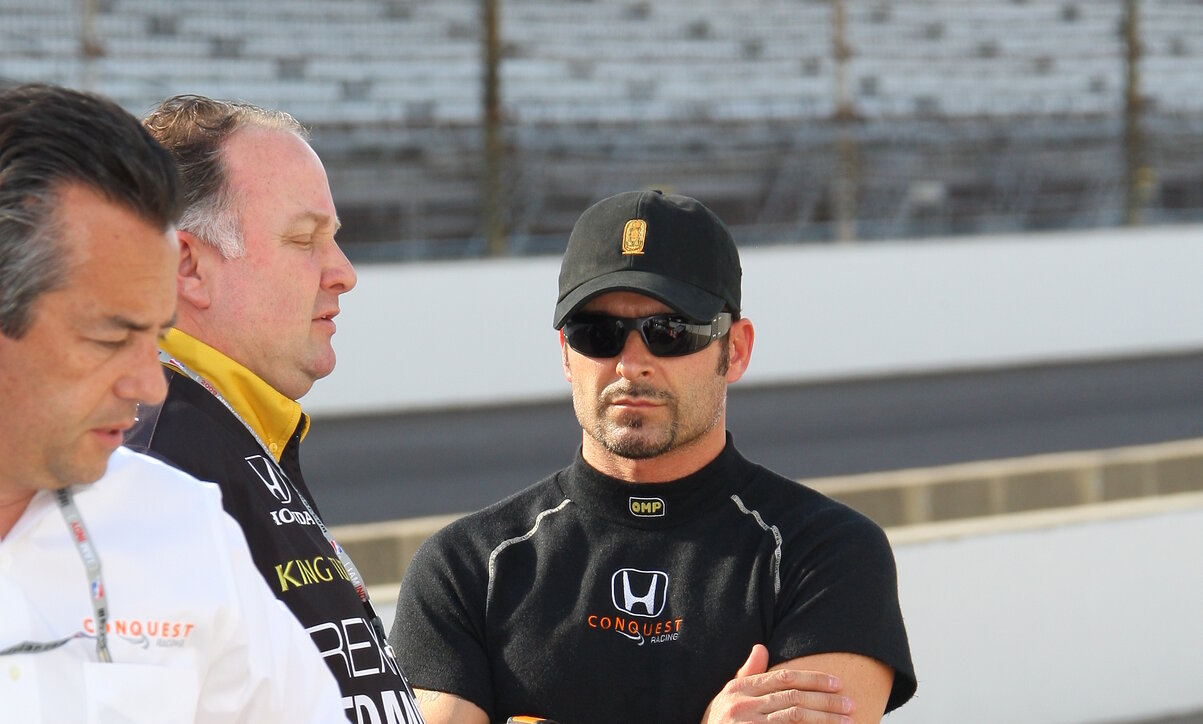
Alex Tagliani – a Champ Car race winner at this stage and before his shock 2011 Indy 500 pole for Sam Schmidt – had a bizarre May for Conquest Racing.
It’s slightly hard to feel aggrieved at Tagliani’s method of making the race given on track he was bumped out by just 0.044 mph…
In a twist of fate it was Ryan Hunter-Reay – who would later replace Junqueira in the 2011 race – who bumped Tagliani out with an epic late qualifying run for the ages.
Time ran out during that run, which meant Hunter-Reay and previous winner Buddy Lazier were bumped, the latter giving the storied Hemelgarn team its last 500 entry after its first came in 1979.
With Tagliani installed in the car Junqueira stuck in 30th, Tagliani then proceeded to have a strong race and won Rookie of the Year with 11th place.
Penske isn’t the only giant to fail bump day + added controversy – 2011
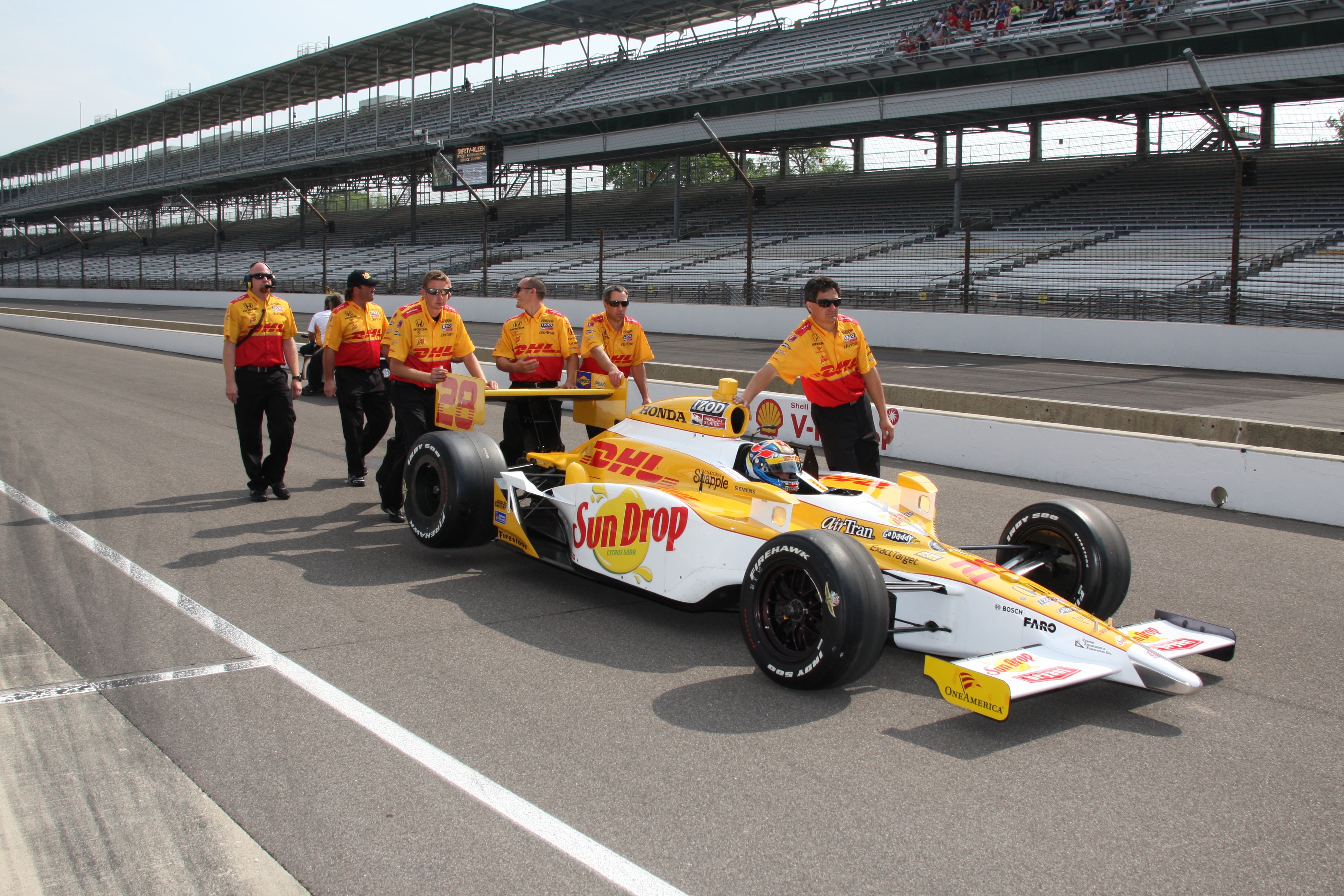
The Andretti Autosport saga in 2011 qualifying is one of those long last controversies you feel some people will never let go.
Repeated rain showers meant you had to be in the right place at the right time – like Paul Tracy who just beat an incoming shower and Danica Patrick who was later the first car out after rain that played into her hands.
After Danica’s run though came the struggling Andretti crew, and a year before he went on to win the race, Ryan Hunter-Reay was unable to hold his place in the field after team-mate Marco Andretti ditched him out of the field with the final run of Bump Day.
Mike Conway also missed out for Andretti among a 42-strong entry list, but it was Hunter-Reay that continued to make the headlines.
In a shock move, he would take over the Bruno Junqueira Foyt entry that had qualified 19th to get into the race, much to the displeasure of some fans.
INDY’S LEAST LIKELY WINNER MISSES THE CUT – 2009/15
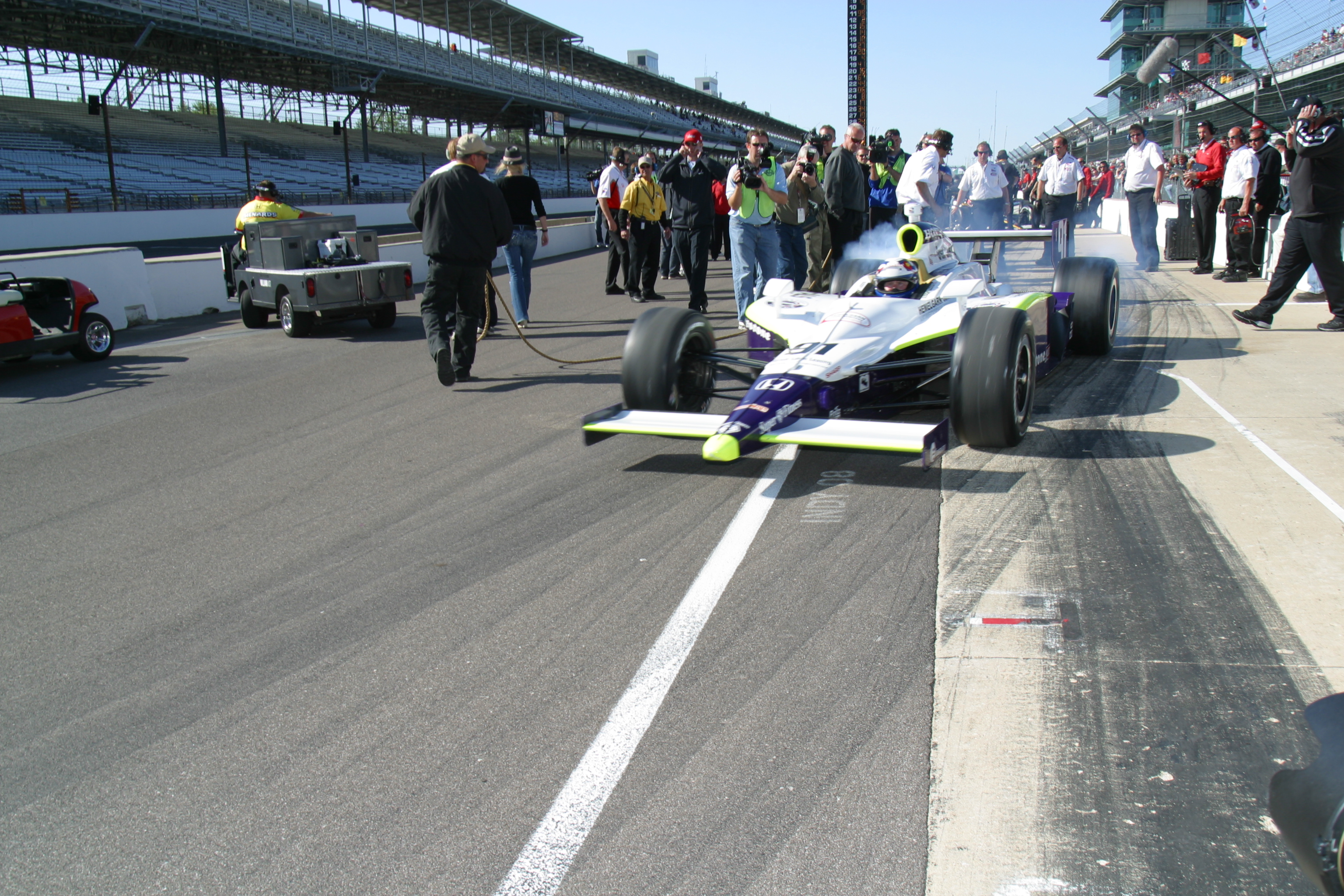
If you found the lower-quality fields of the Indy Racing League’s early days an affront to the Indianapolis 500 during the years before CART Champ Car teams started reappearing, you could at least take some comfort from the fact that the Indy 500 still tended to be won by someone who could’ve done so in the pre-split days too. Arie Luyendyk’s 1997 win was his second after 1990, 1998 Indy winner Eddie Cheever’s CART form had been patchy but he at least had Formula 1 pedigree, and 1999 winner Kenny Brack was a proper rising star.
The anomaly was Buddy Lazier – winner of the first IRL-only Indy 500 in 1996. His best CART result in 71 attempts had been a seventh place, 14 laps down, in an attritional Michigan race four years earlier.
Don’t judge Lazier too harshly, though. That 1996 win was hard-earned against the available opposition, in agony from back injuries sustained at Phoenix just two months earlier and achieved via an aggressive late charge strategy.
He’d take another seven IndyCar wins, albeit before the CART teams started turning up regularly, and was second to Juan Pablo Montoya and Ganassi in the 2000 500 and runner-up to Sam Hornish Jr in the 2001 championship. Lazier made the most of the opportunity the IRL afforded him and blossomed.
But it’s the tail end of his career we’re interested in, when even against the ever-stronger unified field he’d regularly turn up for Indy with first his regular Hemelgarn team then family outfit Lazier Partners, always on a tiny budget against massively better-equipped rivals, and usually counting on Bump Day heroics on dicey wing levels to make the cut. He failed in 2009 and ’15, but deserves great credit for the years he did make the field, even though he was generally an early retirement.
TRACY AND KV’S MISCUE – 2010
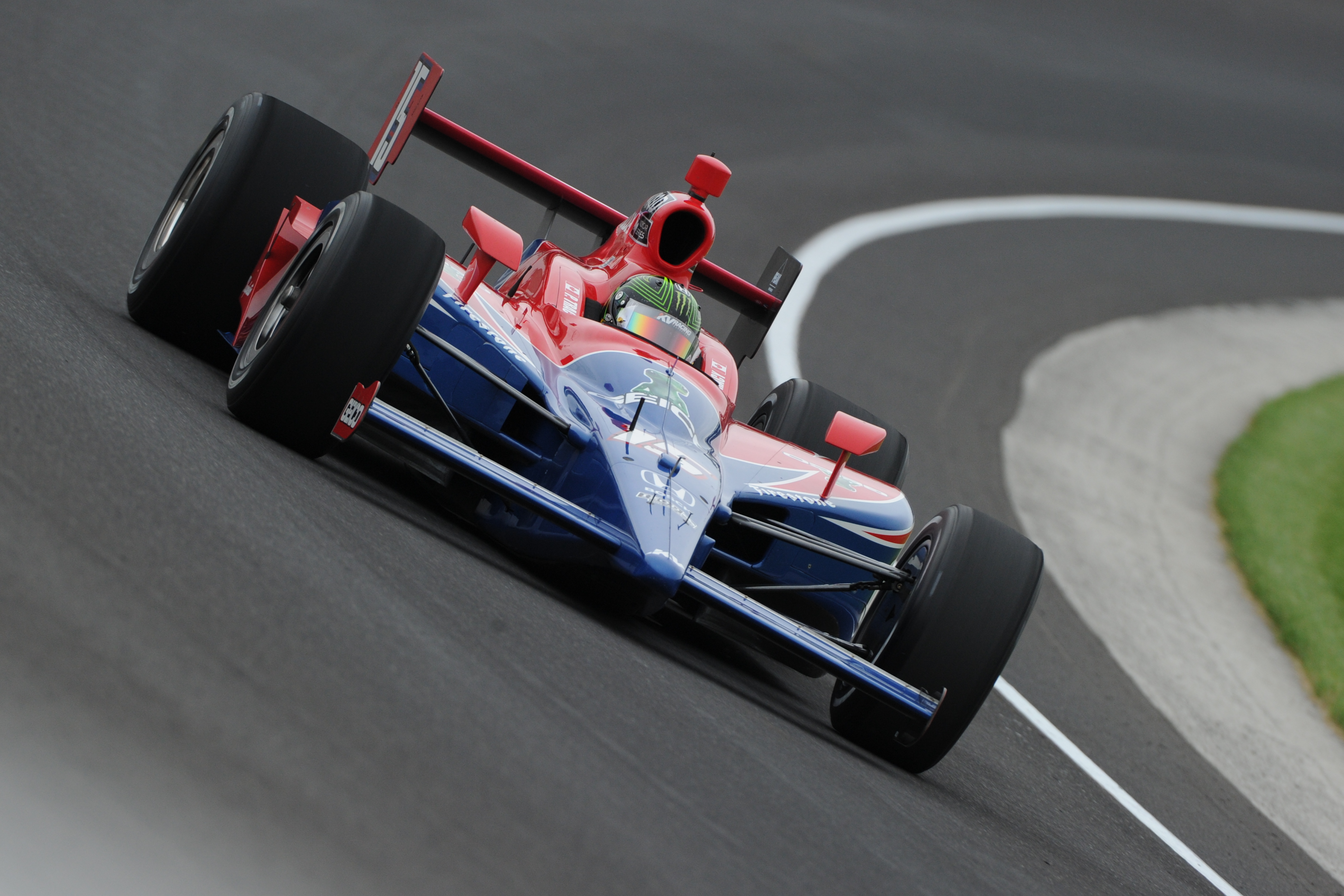
Paul Tracy, who had been Champ Car’s greatest cheerleader and headline-grabbing controversial asset as the split ground through its final attritional years, had an odd tail end of his career in the unified series.
He never managed to secure a full-time deal, not helped by his Forsythe team deciding not to join the merged series at the outset and then initially refusing to release him from his contract, but did produce enough entertaining performances on his occasional appearances – particularly on home soil at Edmonton – to show IndyCar would’ve benefited from having him around for full seasons.
But missing the Indy 500 cut in 2010 was a low. Tracy was part of a four-car KV line-up with EJ Viso, Takuma Sato and Mario Moraes, in the era when only 24 cars qualified on Pole Day and the rest of the line-up was set on Bump Day.
All three of his team-mates had given KV massive crash damage to repair during practice, and the headaches continued on pole day when gearbox problems and a slow subsequent run left Tracy relying on a Bump Day effort to make it.
He initially did so but was edged down to 33rd as the day progressed. With just 10 minutes left, Tracy and KV withdrew that time and went out again – only to get caught out by a temperature change that didn’t work with their set-up. Tracy saved a big Turn 1 twitch but called the run off before completing it as it was never going to be quick enough.
Had he and KV braved it out with their previous time, he would have qualified (Sarah Fisher Racing driver Jay Howard had the same experience). Instead, the 2003 Champ Car champion was an Indy 500 non-qualifier.
“It is heartbreaking,” Tracy said. “When it heated up, we just lost the handling and could never get the speed back. It wasn’t for a lack of trying. The team tried everything. We just could not get the balance on my car when we really needed it.
“It’s how Indianapolis is, you know? Some of the greatest drivers have not made it.”
DRAGON RACING’S ALL-STAR FAILURE – 2011
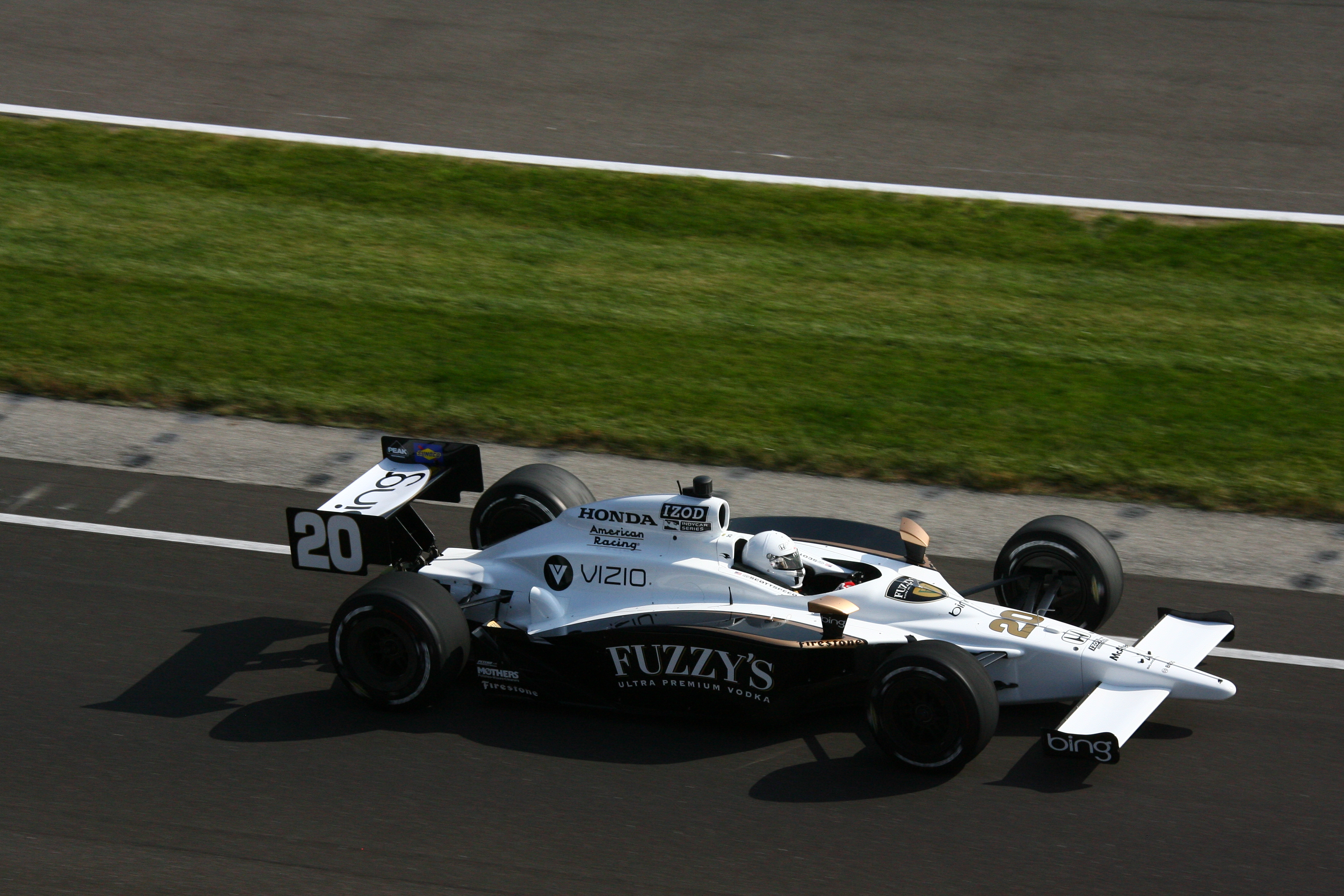
The curious history of Jay Penske’s racing team includes not actually managing to make it as far as a qualifying run at the 2011 Indy 500 despite having an ex-F1 driver and a five-time CART/Champ Car race-winner on hand.
Four years after his abrupt exit from Toro Rosso, and having lost his NASCAR Cup seat when Red Bull closed its programme, Scott Speed hooked up with Dragon for an IndyCar programme that was supposed to cover the Indy 500 and the Las Vegas season finale.
He struggled for pace throughout practice and by ‘Fast Friday’ there were rumours he’d quit the team. He was actually still around but didn’t make a qualifying run at all on Pole Day.
Then on Bump Day morning, Dragon asked Speed to step aside for Patrick Carpentier – six years after the Canadian’s last IndyCar appearance.
Carpentier then had a massive crash in the short practice session ahead of final qualifying. With no back-up chassis, that was the #20 Dragon car’s Indy bid over.
“It’s one of those things where it’s a tense situation and this morning they told me that they want to put Patrick in the car to see what someone who has been around here a bunch has to say about the car,” Speed said. “The result is what it is, and now we don’t have a car to run.”
Dragon was also fielding a car for Chinese rookie Ho-Pin Tung in collaboration with Sam Schmidt Motorsports, but a big crash while on a very decent Pole Day qualifying run left Tung with a concussion and on the sidelines too.
End of the road for Jourdain Jr – 2013
This was one of those awful times where there was only 34 entries, so only one car would make the show. There’s something reassuring about multiple cars failing to make it but just the one has an air of finality about it.
Rahal Letterman Lanigan’s Michel Jourdain Jr – who made his debut in 1996 but didn’t return until 2012 – spent the following year chasing a suitable set-up, even copying team-mates Graham Rahal and James Jakes, and the team even swapped his engine.
However, he and the team demanded something was wrong with the car and it was impossible to drive with something not quite right.
It was a shame for the CART race winner to end his Indy 500 career in such a way.
AJ FOYT IV QUITS HIS GRANDAD’S TEAM – 2010
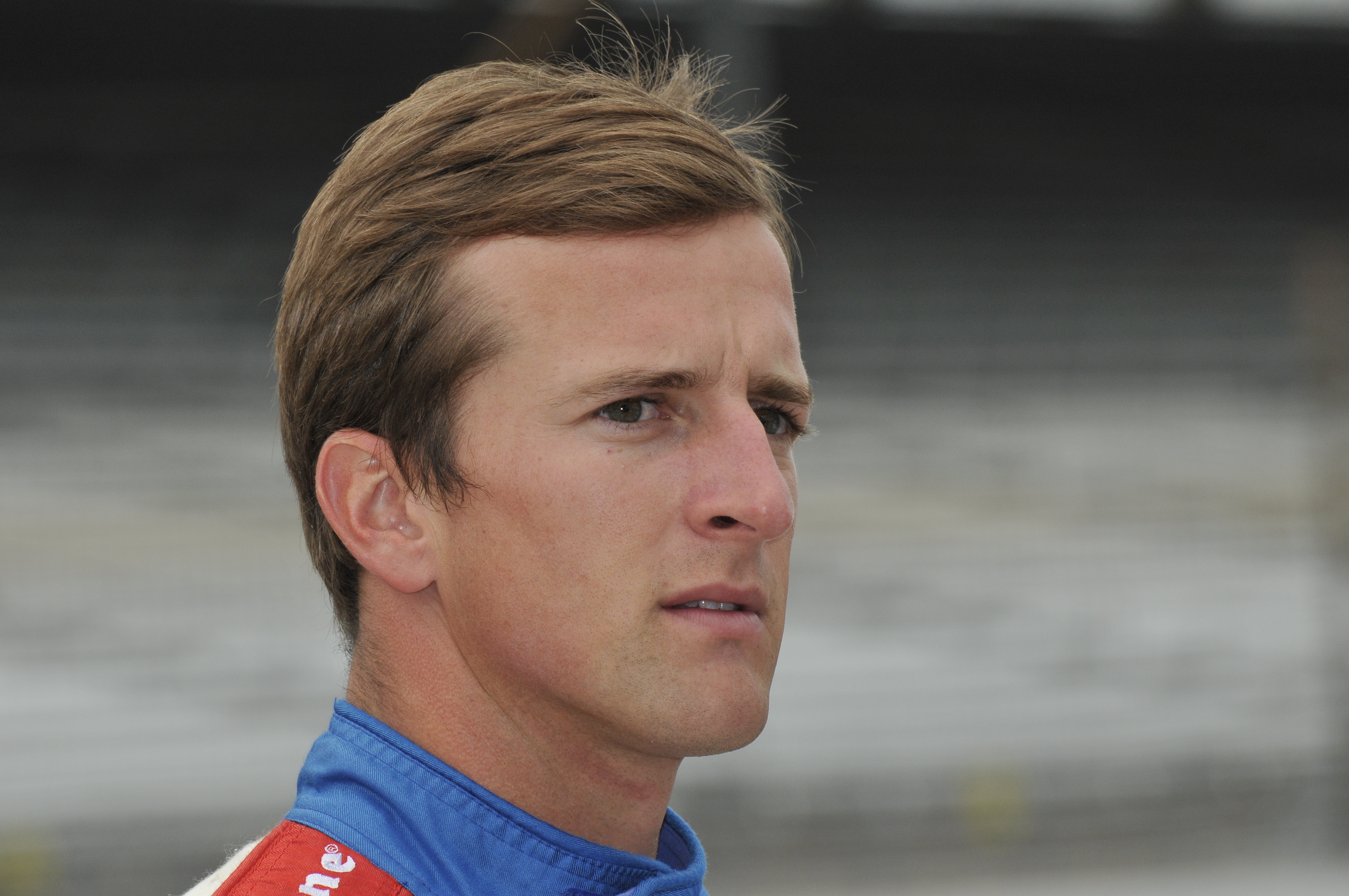
AJ Foyt’s IndyCar racing career ended when he announced his retirement on Pole Day in 1993. His grandson AJ Foyt IV’s IndyCar racing career ended when he quit his grandad’s team during Bump Day in 2010.
Foyt IV, 2002 champion in what is now Indy Lights and a one-time podium finisher in an IndyCar career split between his grandfather’s team and Tony George’s Vision Racing squad, was on a one-off deal with AJ Foyt Enterprises for the 2010 Indy 500, having not raced full-time in IndyCar since 2008.
He was competitive in practice but not fast enough to qualify on Pole Day. Then after morning practice on Bump Day, the team abruptly announced that Foyt IV was out of the car and it would instead try to qualify with Jaques (brother of Buddy) Lazier, who failed to do so.
There were reports a row over set-up between grandson and grandad led to an instant split, though Foyt IV did subsequently play that disagreement down.
Either way, that was his last racing appearance as he switched his career focus to being a scout for American football team the Indianapolis Colts and then a wine business.
PAPIS’S SINGLE-SEATER CAREER ENDS WITH A WHIMPER – 2008
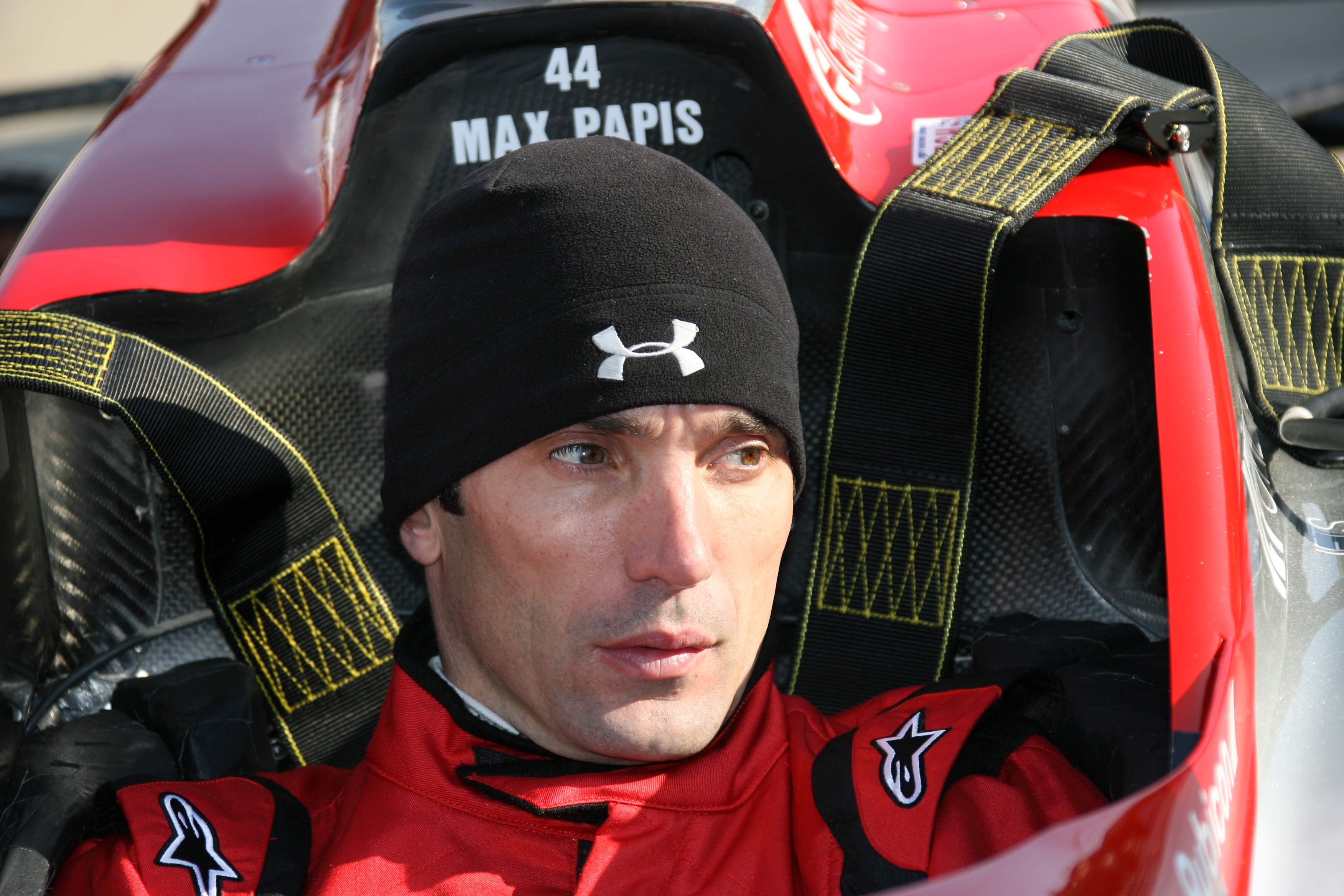
Sometime Arrows F1 driver and three-time CART race-winner Max Papis was well into the sportscar and NASCAR leg of his career when he returned to IndyCar for a 2008 Indy 500 effort co-owned by actor Jason Priestley and sometime Kelley Racing partner Jim Freudenberg, using equipment prepared by Sam Schmidt Motorsports.
But Papis missed Pole Day qualifying completely following a big crash in the morning practice session, struggled for pace through the early part of Bump Day then had a clutch failure before a final attempt.
That non-qualification was it for Papis in the IndyCar cockpit, though he’s now part of the series’ stewarding line-up.
The Rubicon project skirted around IndyCar for a few years after that, getting briefly involved with Conquest Racing in 2009 and then as part of the ownership of the shortlived FAZZT team with which Alex Tagliani did great things on occasion in 2010 before it closed and Schmidt scooped up its assets.
Alonso & McLaren embarrassed, still hurts today – 2019
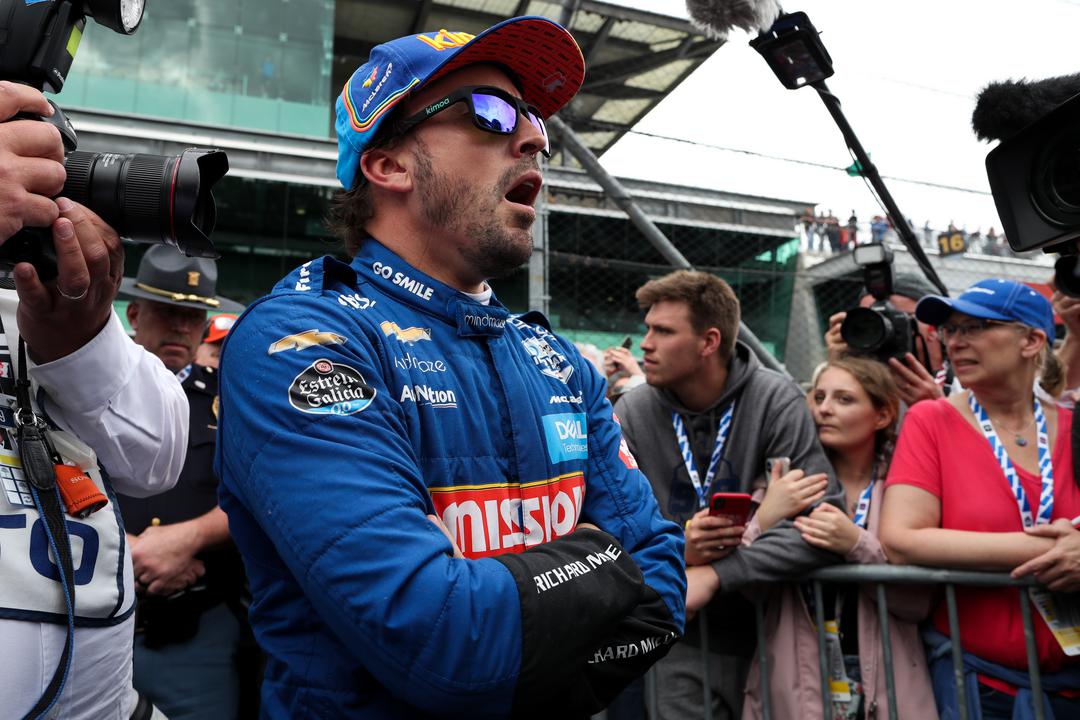
This will likely be the most well-known bump day casualty on this list as a McLaren/Carlin tie-up failed to boost Fernando Alonso into the 500.
It was such a shock, because Alonso had looked favourite to challenge for victory in his 2017 outing with Andretti before engine woe, and I don’t think many people saw the lack of qualifying coming.
McLaren’s CEO Zak Brown has since put the biggest reason for the failure down as a failure to spot or rectify issues of preparation in the build-up.
Brown was still steadying the F1 ship in the build-up with new hires, so Gil de Ferran missed a chunk of the 500 build-up while still in the F1 set-up.
It was clear when the car hit the track it would be a struggle, and an Alonso practice crash didn’t help matters. It opened the door for Kyle Kaiser and Juncos better known for its junior formulae pedigree up to this point.
Now it will forever be the David that knocked the Golliath out of the Indy 500.
Images courtesy of INDYCAR Photography

